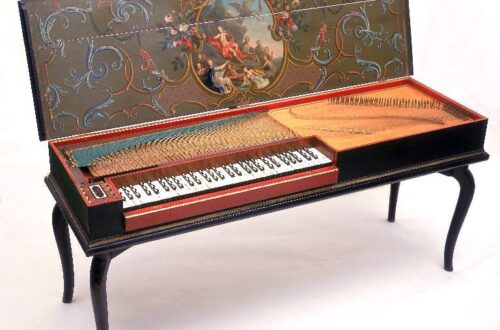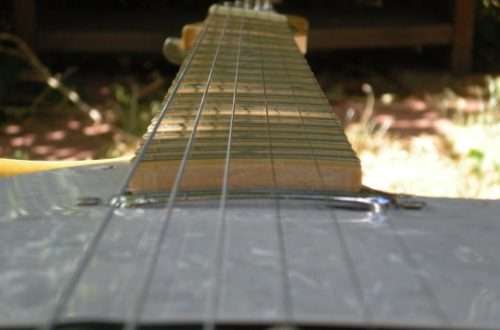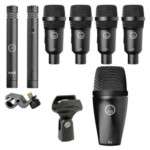
Music and Rhetoric: Speech and Sounds
 The influence on music of the science of oratory – rhetoric, is characteristic of the Baroque era (XVI – XVIII centuries). During these times, even the doctrine of musical rhetoric arose, presenting music as a direct analogy to the art of eloquence.
The influence on music of the science of oratory – rhetoric, is characteristic of the Baroque era (XVI – XVIII centuries). During these times, even the doctrine of musical rhetoric arose, presenting music as a direct analogy to the art of eloquence.
Musical rhetoric
Three tasks expressed by rhetoric back in antiquity – to convince, to delight, to excite – are resurrected in Baroque art and become the main organizing force of the creative process. Just as for a classical speaker the most important thing was to form a certain emotional reaction of the audience to his speech, so for a musician of the Baroque era the main thing was to achieve maximum impact on the feelings of listeners.
In Baroque music, the solo singer and the concert instrumentalist take the place of the speaker on stage. Musical speech strives to imitate rhetorical debates, conversations, and dialogues. An instrumental concert, for example, was understood as a kind of competition between a soloist and an orchestra, with the goal of revealing to the audience the capabilities of both sides.
In the 17th century Vocalists and violinists began to play a leading role on the stage, whose repertoire was characterized by such genres as the sonata and the grand concerto (concerto grosso, based on the alternation of the sound of the entire orchestra and a group of soloists).
Musical and rhetorical figures
Rhetoric is characterized by stable stylistic turns that make the oratorical statement especially expressive, significantly increasing its figurative and emotional impact. In musical works of the Baroque era, certain sound formulas (musical and rhetorical figures) appear, intended to express various feelings and ideas. Most of them received the Latin names of their rhetorical prototypes. The figures contributed to the expressive impact of musical creations and provided instrumental and vocal works with semantic and figurative content.
For example, it created a feeling of a question, and, combined, they expressed a sigh, mourning. could depict a feeling of surprise, doubt, serve as an imitation of intermittent speech.
Rhetorical devices in the works of I.S. Bach
The works of the genius J. S. Bach are deeply connected with musical rhetoric. Knowledge of this science was important for a church musician. The organist in Lutheran worship played a unique role as a “musical preacher.”
In the religious symbolism of the High Mass, J.S. Bach’s rhetorical figures of descent, ascension, and circle are of great importance.
- the composer uses it when glorifying God and depicting heaven.
- symbolize ascension, resurrection, and are associated with dying and sorrow.
- in melody, as a rule, they were used to express sadness and suffering. A sorrowful feeling is created by the chromaticism of the theme of the fugue in F minor (J. S. Bach “The Well-Tempered Clavier” Volume I).
- The rising (figure – exclamation) in the theme of the fugue in C sharp major (Bach “HTK” Volume I) conveys joyful excitement.
By the beginning of the 19th century. the influence of rhetoric on music is gradually lost, giving way to musical aesthetics.





